Supplemental Projects
Distribution Assets Supplemental Projects 2023
View our current supplemental offerings below or filter for projects by checking any of the boxes below.

A small-scale pilot study has indicated that AQ has the potential to diminish wood pole impacts from woodpeckers. This study aims to investigate how treaters could combine AQ with existing pole treatments. The research would subsequently plan to fill knowledge gaps regarding the engineering and environmental characteristics of AQ when applied to treated wood poles and its compatibility with preservative treatment processes and performance.
Contact: Steven Dulin
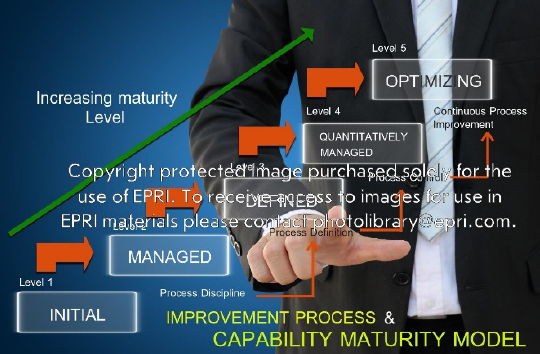
The objective of this project is to work with project participants to further develop asset inspection and maintenance maturity models to create and apply an assessment framework that would enable utilities to assess their existing capabilities relative to those needed to achieve future goals and relative to industry peers.
Contact: Krys Ford
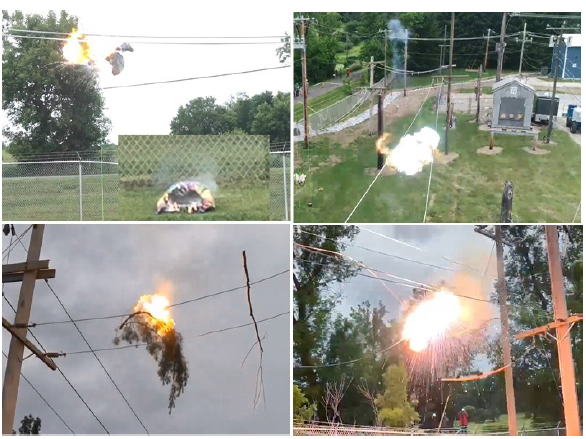
The objective of this project is to extend EPRI’s R&D on wildfire resilience by evaluating ignition reduction technologies, hardening of distribution assets and components, sensing and situational awareness systems, and fire protection technologies.
Contact: Doug Dorr
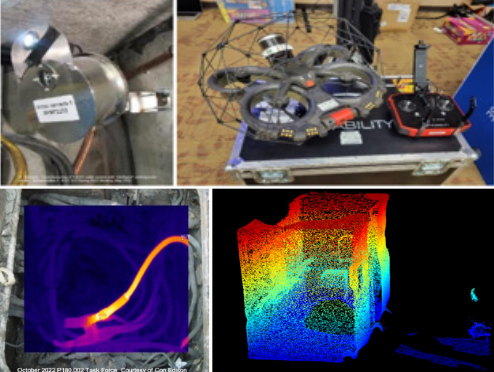
This project is aimed at providing the industry with information to: 1) understand and compare the technologies that can be leveraged to remotely ascertain conditions in UG structures, including technology for creating a visual capture of the UG distribution system, 2) explore how the information captured by different technologies can be applied and the potential benefits and limitations associated with each approach and 3) understand the potential to remove workers from hazards while still performing necessary inspection and assessment activities.
Contact: Josh Perkel
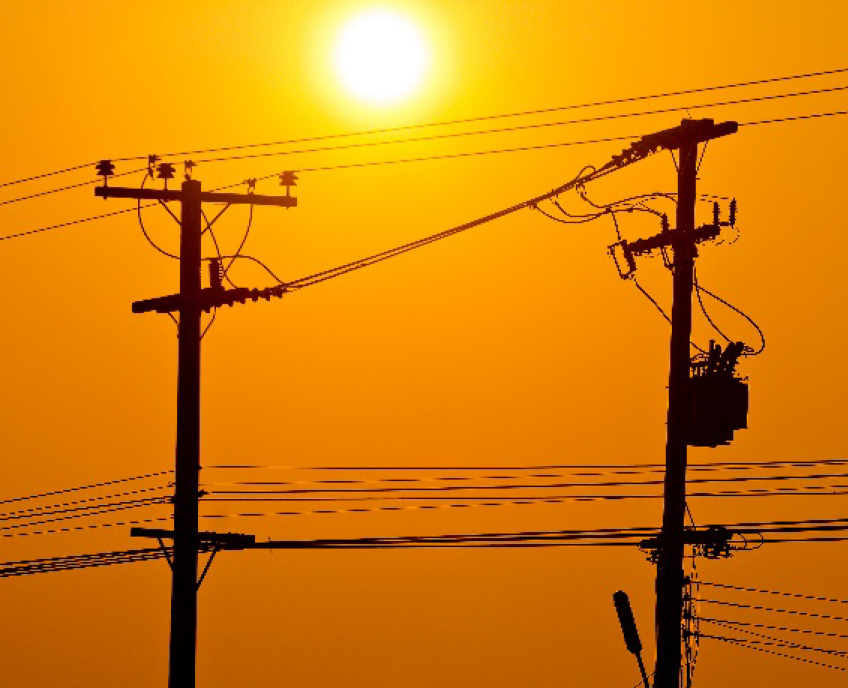
EPRI plans to apply different loading scenarios to equipment while monitoring operational characteristics, including typical loading on today’s system, loads that include electric vehicles, and expected future load profiles
Contact: Joe Potvin

The objective of this project is to better understand how different pole materials respond during a motor vehicle collision. The project will also test commercially available barrier options for protecting poles from vehicle collisions to assess their affect on pole performance.
Contact: Steven Dulin

The objective of full-scale overhead distribution structure testing is to collect performance data for a member, such as failure modes and fallen branch capture rates, and identify approaches to increase structural strength and reduce restorations time and frequency.
Contact: Steven Dulin
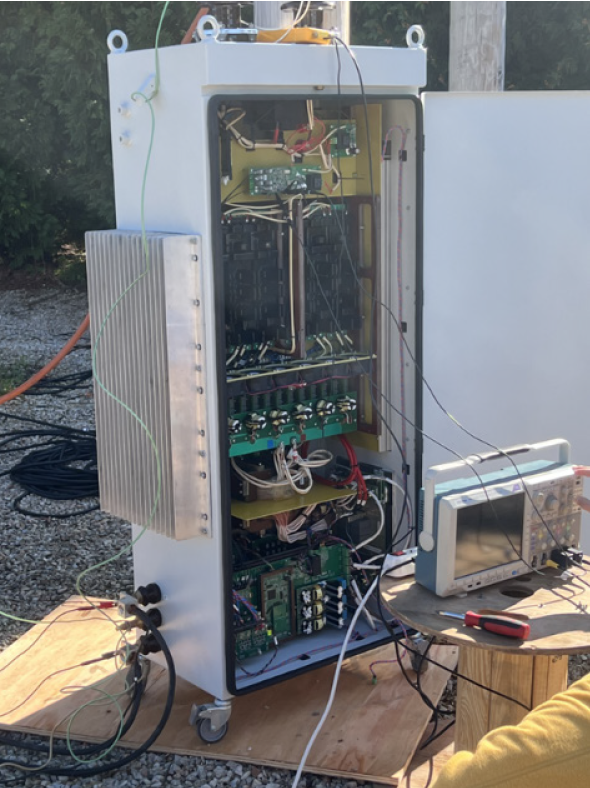
In 2023, EPRI evaluated a novel solid state transformer (SST) design that could replace existing oil filled distribution transformers that has other built in while also having voltage regulation capabilities. This project intends to continue exploration of potential applications and challenges of using this solid-state transformer, and potentially other designs, on the distribution grid through lab testing of device performance for different use cases and applications.
Contact: Jason Anderson
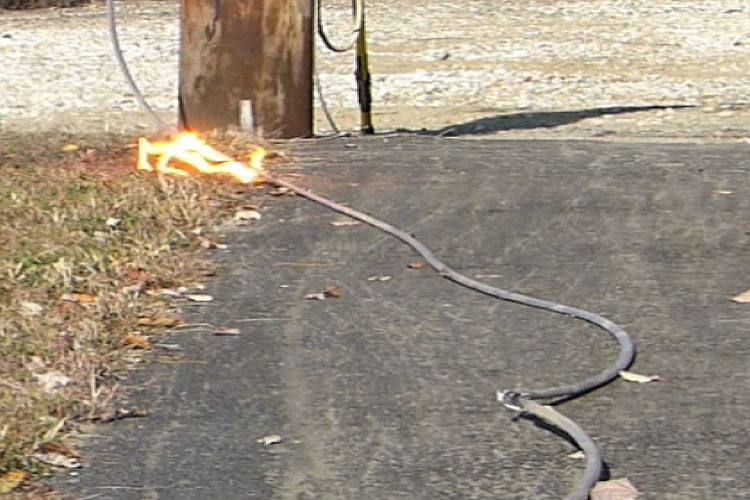
The purpose of this project is to understand the impacts of using single-phase reclosers on downstream taps and its implications for downed conductors and wildfire ignitions
Contact: Jason Anderson
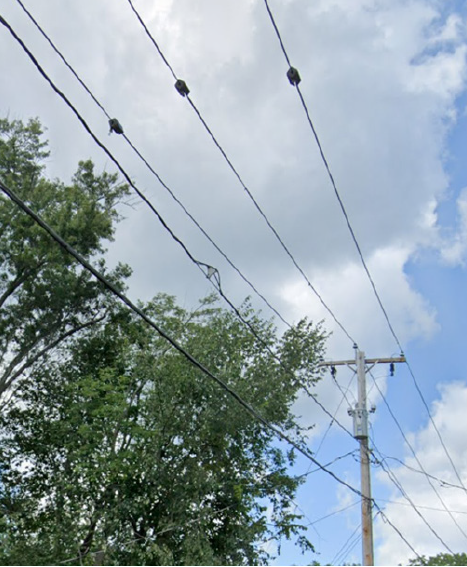
The objective of this project is to evaluate the efficacy of different sensing solutions to detect faults on ungrounded delta circuits through testing of different field scenarios and conditions in a laboratory environment.
Contact: Jason Anderson
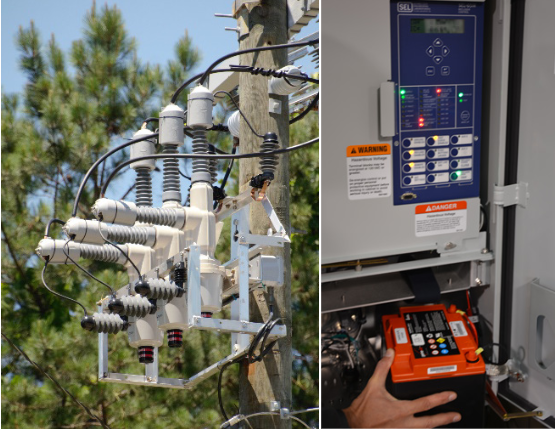
Utilities are expanding the use of reclosers as part of distribution grid modernization efforts. Experience has shown that battery maintenance represents the largest O&M expense related to recloser management. As such, these expanded deployments may increase O&M spending related to battery maintenance. The objective of this project is to investigate the suitability of alternative energy storage technologies to provide recloser backup power.
Contact: Jason Anderson
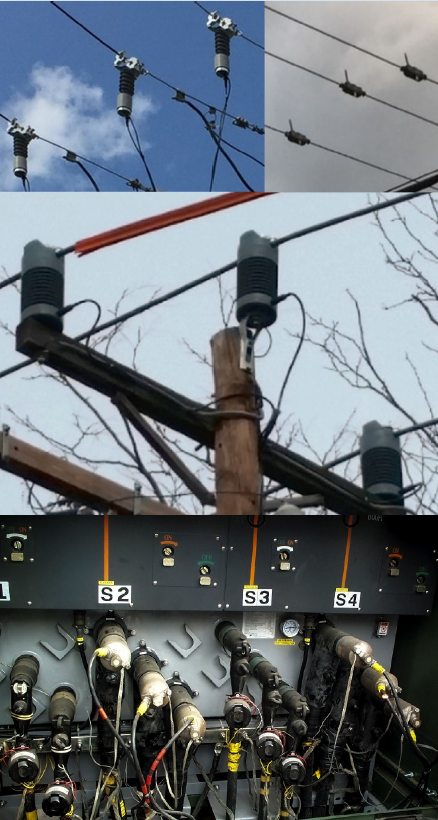
This project plans to perform laboratory testing to understand the life-cycle characteristics of distribution sensor systems, along with a systematic teardown to determine potential degradation mechanisms. As sensing is more widely deployed on distribution systems, this research will help electric companies make better informed specification and selection decisions.
Contact: Jason Anderson
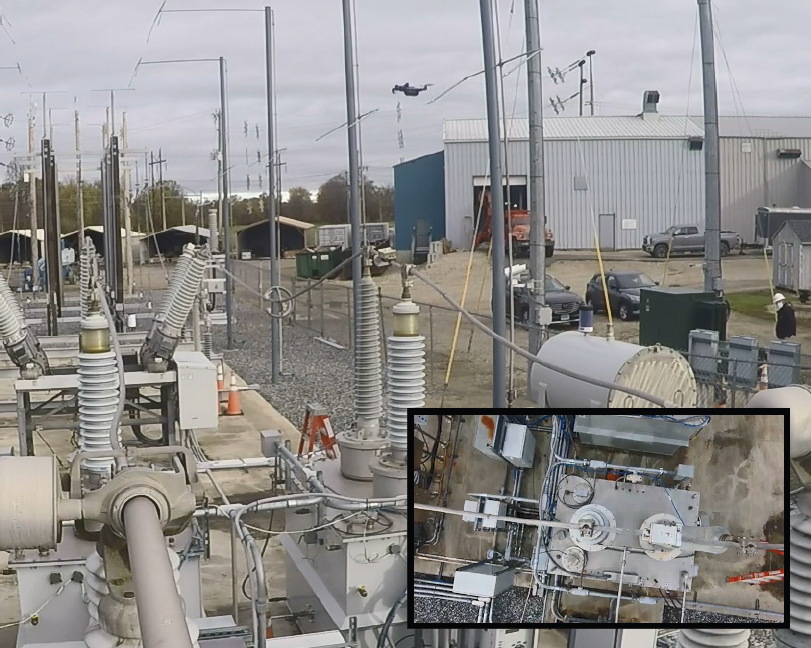
EPRI intends to install and operate Docks at the EPRI Transmission and Distribution Laboratory in Lenox, MA. Lenox is a high voltage, outdoor laboratory with transmission, distribution, substation, and other outdoor environments. EPRI’s test plan is designed to evaluate the feasibility of using Docks for multiple utility applications. This project will recreate testing scenarios specific to key utility applications that may be suited for this technology.
Contact: Dexter Lewis
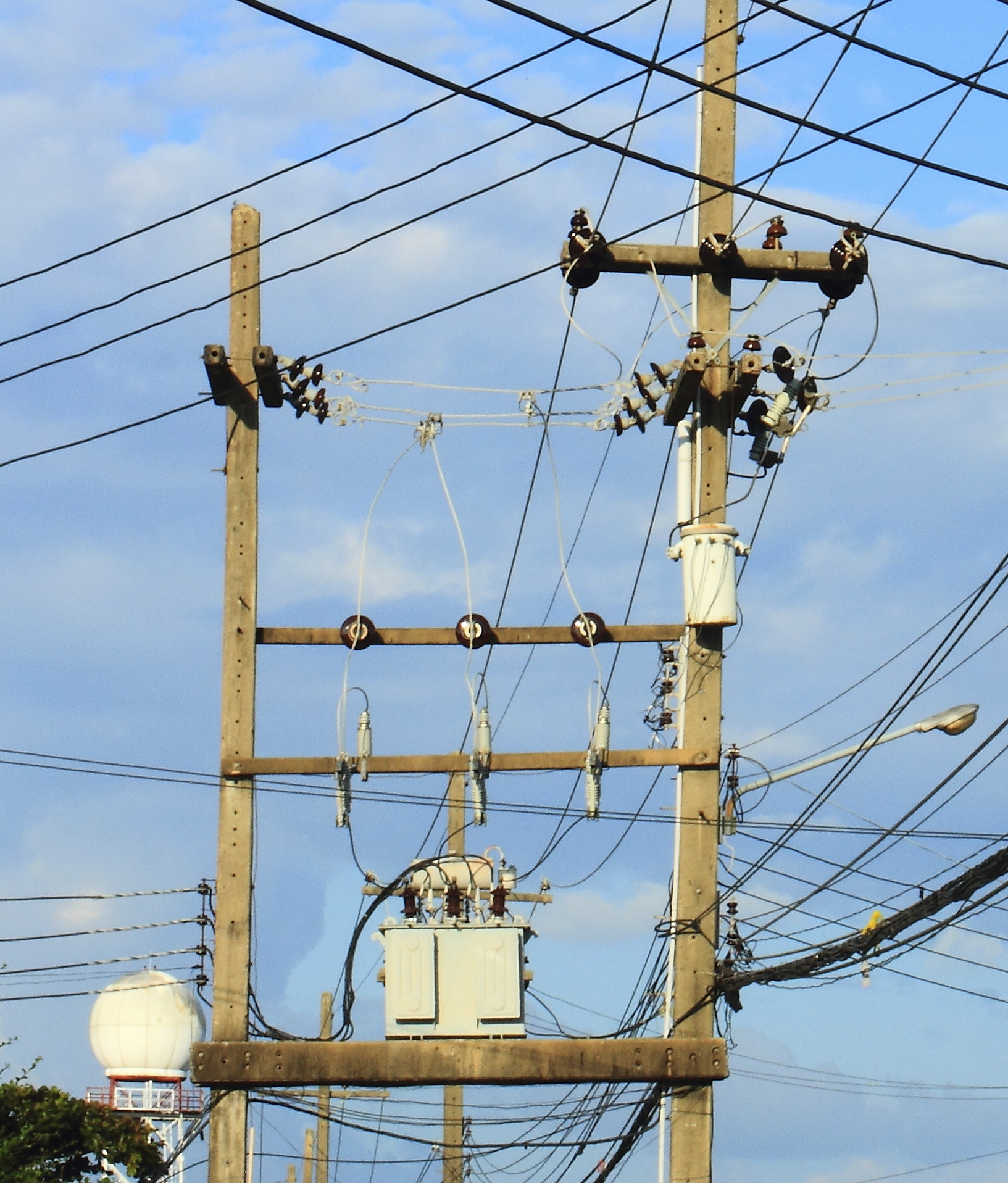
Developing a strategy for grid modernization is complicated. Investments are significant and must be sequenced over several years to add new capabilities. EPRI has developed a structured methodology and a set of tools to help utilities navigate this process. Through this project, EPRI will apply this approach with utilities to help them develop a detailed strategic roadmap, or review an existing roadmap, to help the utility accomplish desired objectives.
Contact: Bruce Rogers
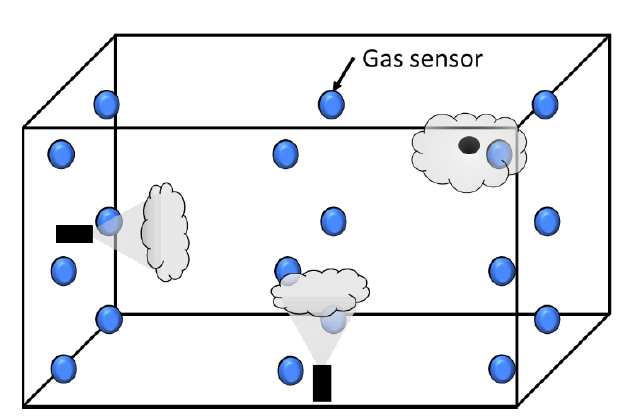
As underground cables and components degrade, they can generate a variety of gases. These gases may be combustible and can build up and lead to an explosive event which can endanger the public, utility workers, and damage equipment. This research seeks to understand the expected movement, migration, pocketing, and dissipation characteristics of selected gases within an underground structure to inform detection sensor placement, sensitivities, and alarm settings.
Contact: Alex Bologna
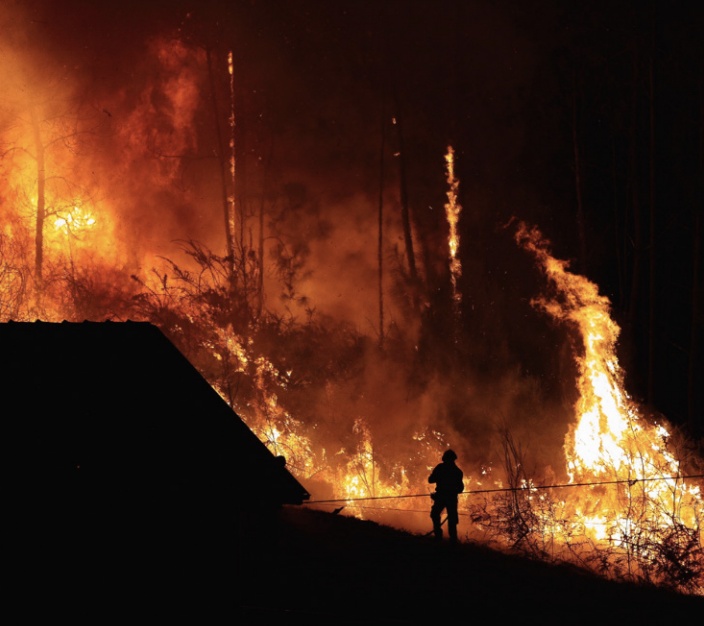
This research project would seek answers to the following research questions, including, what are the test conditions needed to simulate potential wildfire exposure scenarios, what would a potential test fixture include to simulate those wildfire conditions, and how do different pole materials perform when loaded vertically (simulating weight) and horizontally (simulating wind, line angles) and exposed to different wildfire conditions
Contact: Joe Potvin
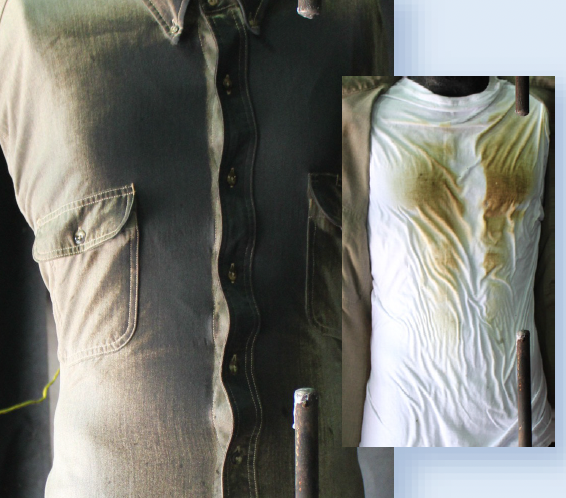
Recent EPRI testing found that many arc-rated FR shirts do not meet their advertised ratings, with Internet-sourced shirts averaging 71% and mainstream models 73% of their claimed ratings. The variability in ASTM testing and the push for lighter fabrics may lead to inflated arc ratings, potentially leaving utility workers insufficiently protected. This project aims to improve testing protocols to help utilities specify appropriate clothing and reduce worker injuries.
Contact: Tom Short
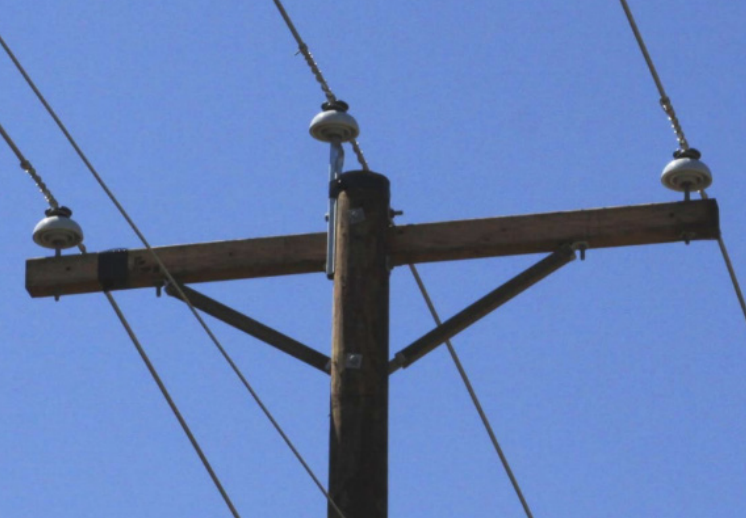
This project evaluates products used to improve the resilience of existing overhead lines, expanding on previous EPRI work and including strength testing in various conditions. It aims to answer questions about the effectiveness of these products compared to traditional methods and their performance under different environmental conditions. The research seeks to guide the appropriate use of these products, potentially increasing reliability, reducing outage durations, and extending asset life cost-effectively.
Contact: Steven Dulin
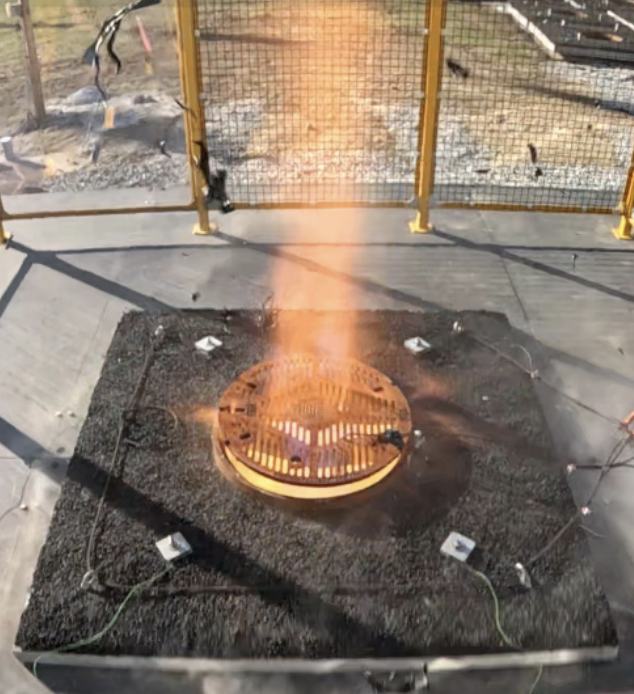
Utilities frequently experience Manhole Events, and the growth of electrification is expected to worsen the gas buildup causing these events. Despite suggested mitigation strategies, most covers remain unchanged, posing risks to public safety and utility infrastructure. Research at the EPRI Manhole Test Facility aims to provide data on how mitigation strategies would perform in various scenarios.
Contact: Alex Bologna

Inspecting distribution systems is challenging due to the vast volume of infrastructure, diverse environments, and cost-benefit considerations of traditional approaches. Advancements in mobile, remote sensing technologies, including AI-driven LiDAR, imagery, and video, may improve situational awareness and asset management for utilities. This research aims to evaluate various data collection systems, potentially offering low-cost, easily deployable tools to enhance reliability and safety across different inspection methods
Contact: Dexter Lewis
For more information on these and other projects, click here.
Distribution Assets Supplemental Projects 2023
Distribution Assets Supplemental Projects 2024